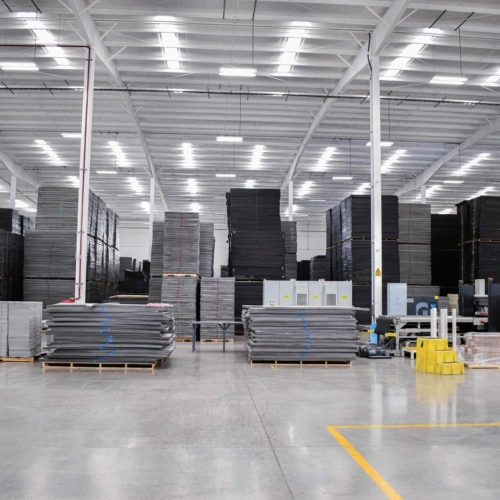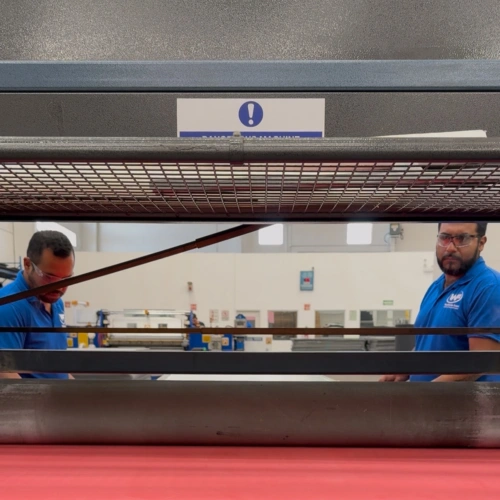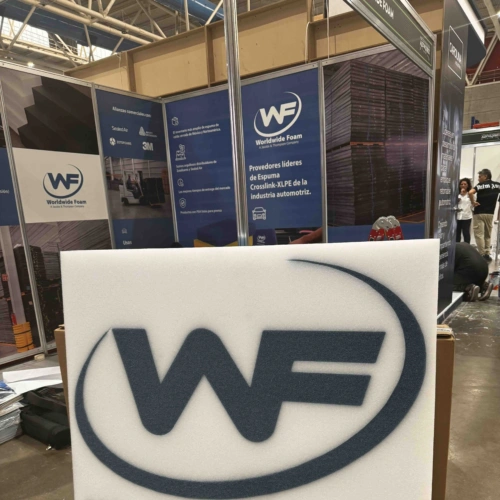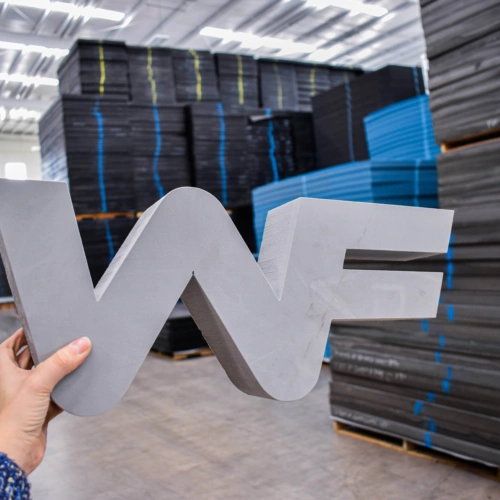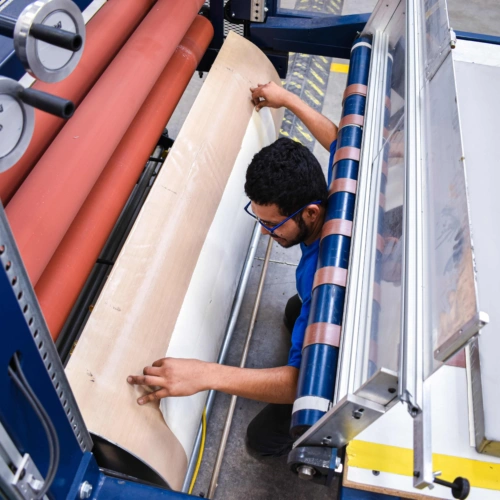| September 23, 2024
For polyethylene foam, several techniques help shape and cut the material to better suit packaging and distribution. However, skiving—or cutting to thickness—is a key technique for processing materials like polyethylene foam and high-density foam.
This process is widely used in industries where precise foam thickness control is essential. While there are many applications for skiving, its most common and effective use is in packaging.
In this article, we’ll explore skiving techniques, their industrial applications, and the advantages of using them for polyethylene and high-density foams. We’ll demonstrate why skiving stands out as the best technique for the packaging industry, despite the availability of other methods.
What is skiving?
Skiving, also known as cutting to thickness, is a process where the thickness of a material is reduced using a sharp blade. In the case of polyethylene foam, the material is compressed between two rollers that push it through a stationary blade.
The distance between the rollers and the blade, along with the compression level, determines the material’s final thickness. This method allows for precise control over the foam’s thickness, making it a popular technique in foam product manufacturing across various industries.
Industrial applications of skiving
Skiving has a wide range of applications, from automotive and construction to packaging. Both polyethylene foam and high-density foam are versatile materials that, when processed by skiving, can be used in a broad array of products. Some of the most common applications include:
Automotive industry
In the automotive industry, polyethylene foam is used as an acoustic and thermal insulation material. Skiving allows the foam to be tailored to the exact shapes and thicknesses needed to fit the internal structures of vehicles.
Additionally, high-density foam is used in the production of safety components, such as interior linings, thanks to its durability and strength.
Construction and architecture
In construction, polyethylene foam is a widely used material for insulating pipes and walls. It helps maintain constant temperatures and reduces noise. Skiving allows the foam to be cut to the exact dimensions required by building structures, simplifying installation and enhancing performance.
Industrial packaging
Packaging is another area where skiving is essential. Polyethylene foam is an excellent material for packaging due to its ability to absorb impacts and protect delicate items. By using skiving, the foam’s thickness can be adjusted to create custom packaging solutions tailored to the specific needs of each customer and product.
Advantages of skiving in high-density foams
Skiving offers numerous benefits, especially when working with high-density foam. This type of material is tougher to handle due to its strength and rigidity, but skiving—particularly with rollers—enables efficient processing of large quantities. Some key advantages include the following.
Increased production speed
One of the main advantages of roller skiving is its ability to quickly process large quantities of material.
By compressing the foam and running it through a stationary blade, multiple sheets can be cut in a short amount of time, boosting production efficiency. This is especially beneficial for industrial applications requiring high volumes of foam.
Handling high-density materials
Roller skiving is ideal for working with high-density foam. These materials are harder and more difficult to cut using conventional methods. However, the use of rollers allows the foam to be compressed and cleanly cut, even in high-density applications.
Precise thickness control
Another significant advantage is the precise control over foam thickness. In many industrial applications, uniform thickness is critical to ensure optimal performance. Skiving provides precise thickness adjustment, ensuring the material meets the required specifications.
Optimizing polyethylene foam production
Skiving, or cutting to thickness, is an invaluable technique for producing foam products, especially when working with polyethylene foam and high-density foam. Its ability to process large volumes of material and precisely adjust thickness makes it essential for various industrial applications.
By understanding the skiving process, its applications, and the equipment used, industry professionals can make informed decisions about how to use this technology to optimize production processes and improve product quality.
Worldwide Foam
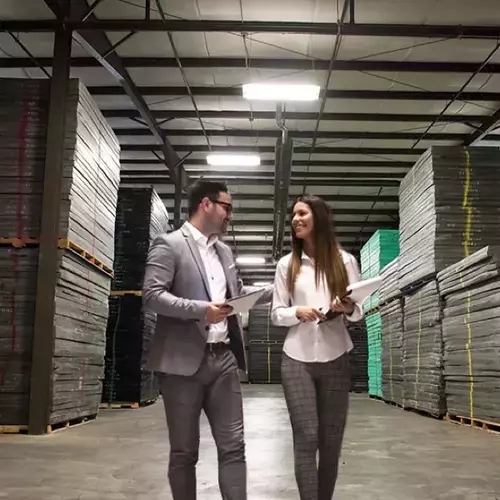
We are leaders in the supply of closed cell polyethylene foam in Mexico. We support various industries by offering a wide range of products and complementary services.





